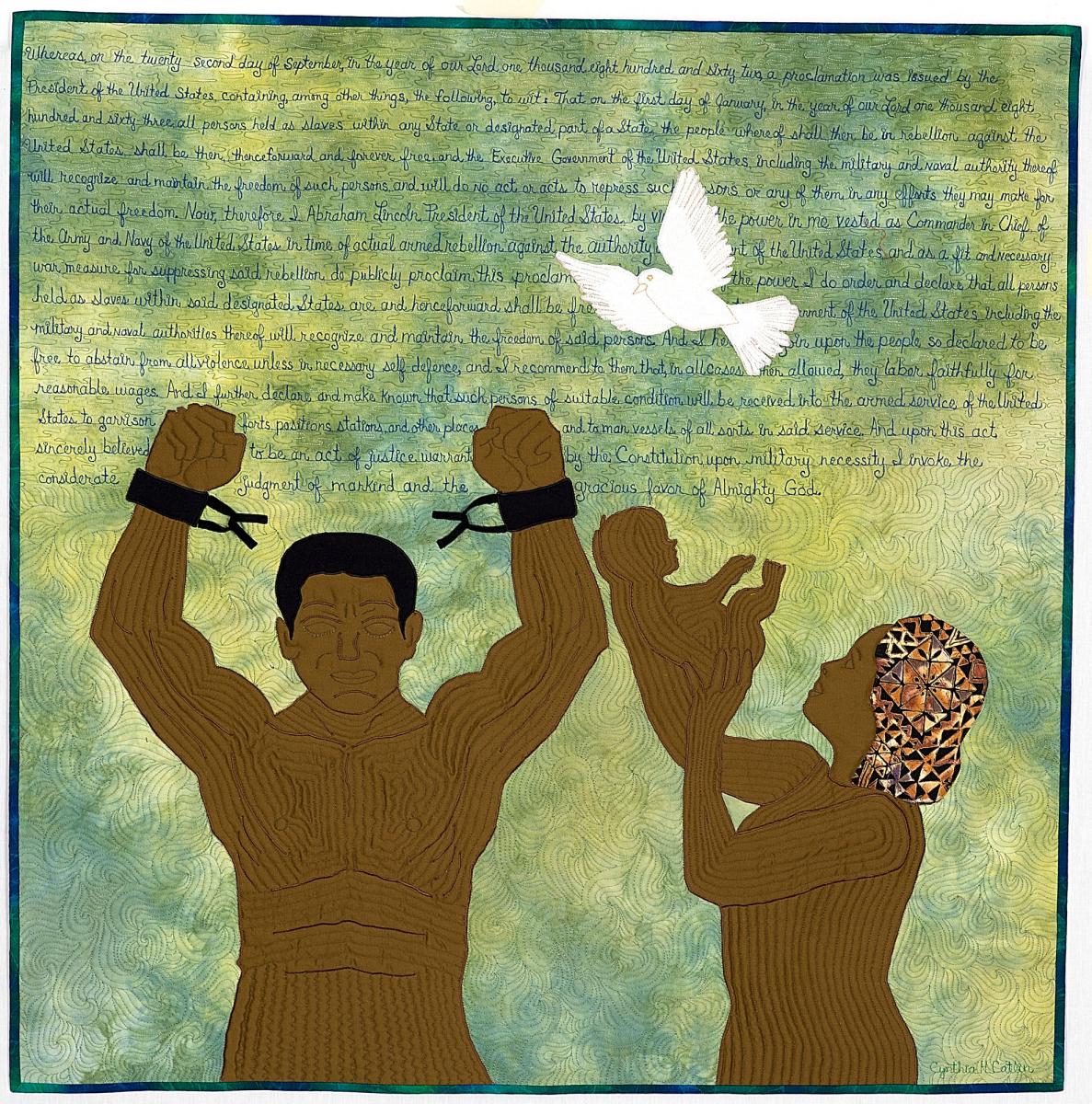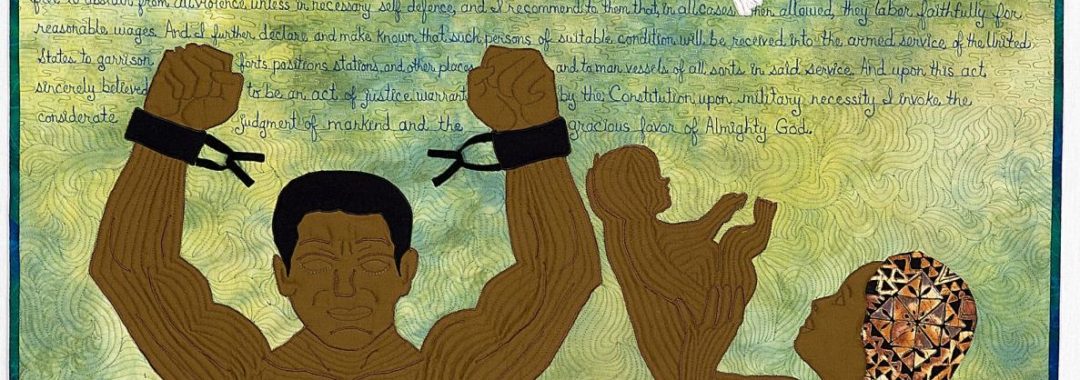When the Civil War began in 1861, President Lincoln sought to preserve the Union rather than end the system of enslavement. Lincoln knew that neither the Union nor the Border States would support abolition as a final outcome, however, by mid-1862, the President was convinced that abolition was the correct military and moral strategy. To solve this dilemma, in early 1863 the Emancipation Proclamation was issued but it only freed enslaved persons in states that had already seceded from the Union. At the time, it was thought of as an effective war measure that would cripple the Confederacy, which had used enslaved laborers to support the Confederate Army. However, the Emancipation also set the stage for conversations on the future of human bondage in the United States and would dramatically alter the lives of African Americans once the Civil War ended.
This week, National Underground Railroad Freedom Center president Dr. C.G. Newsome and associate professor of history at Northern Kentucky University Dr. Eric Jackson discussed the Preliminary Emancipation Proclamation and the Emancipation Proclamation on WVXU’s Cincinnati Edition, highlighting both documents’ place next to America’s founding documents. You can listen to the full episode here. The Emancipation Proclamation is on display now through August 2016, click here to plan your visit.
Want the latest on upcoming special exhibitions, events and programs? Follow us on Twitter and Instagram, @FreedomCenter, and on Facebook for more historical posts and images.
Assia Johnson
Public Relations and Social Media Coordinator


